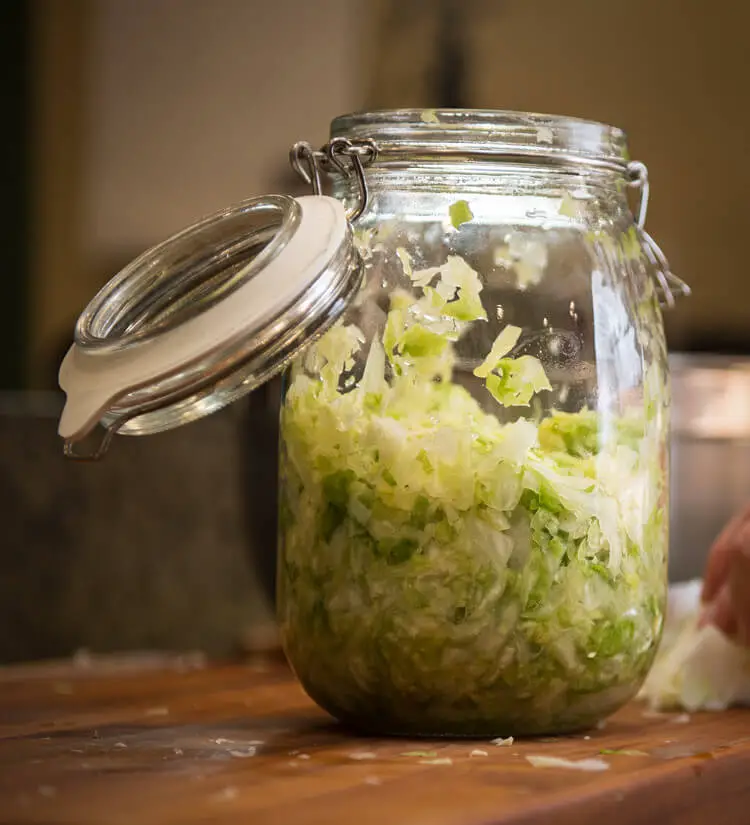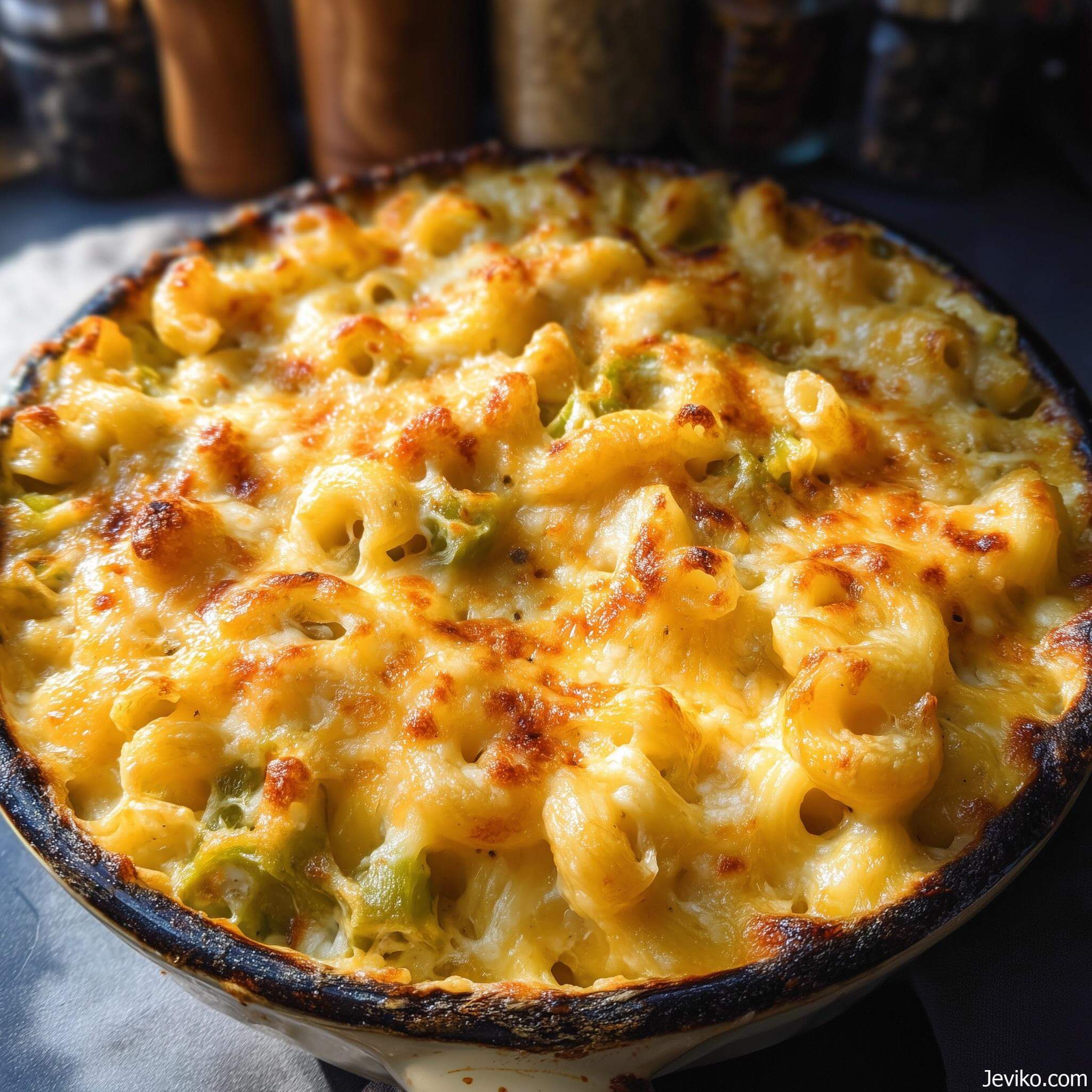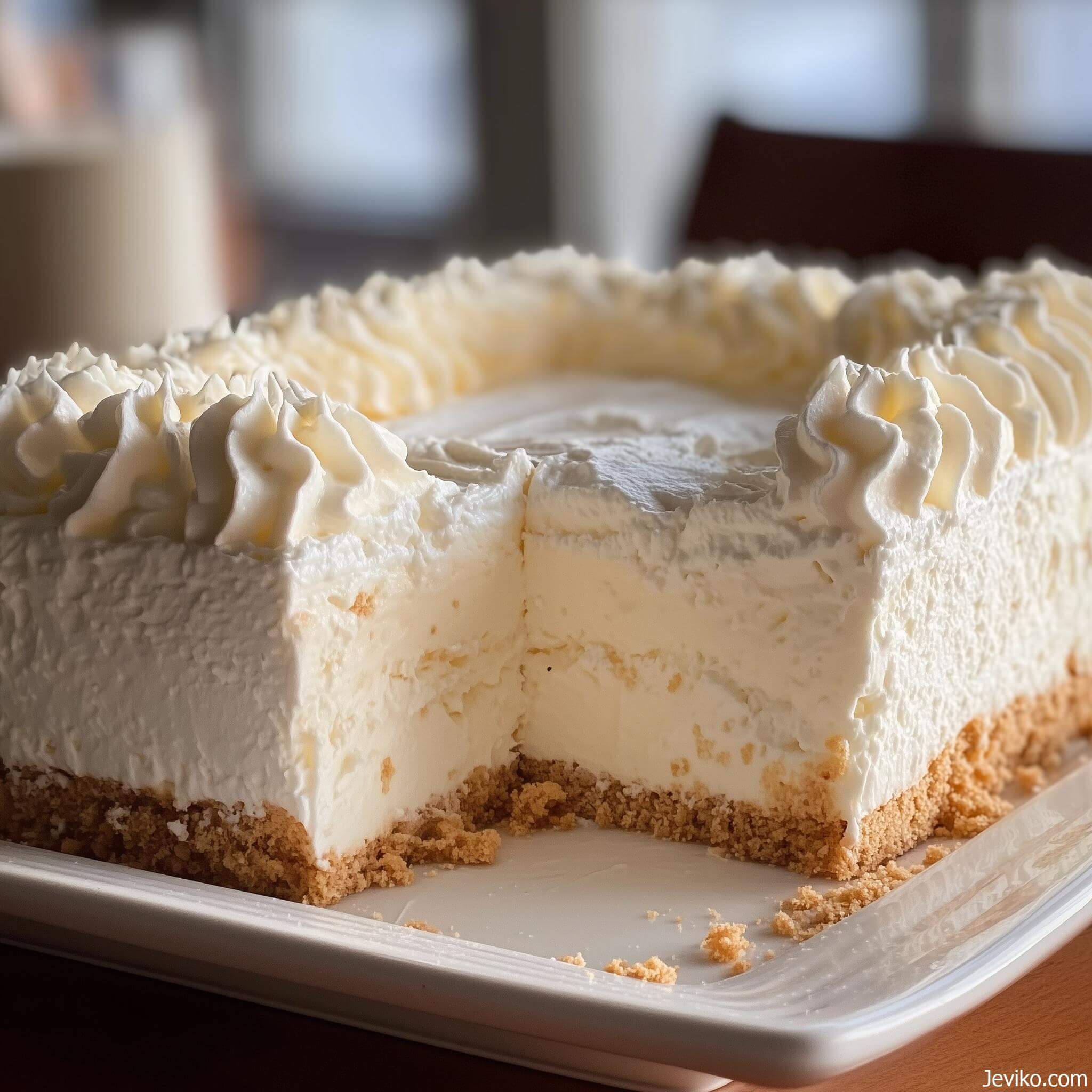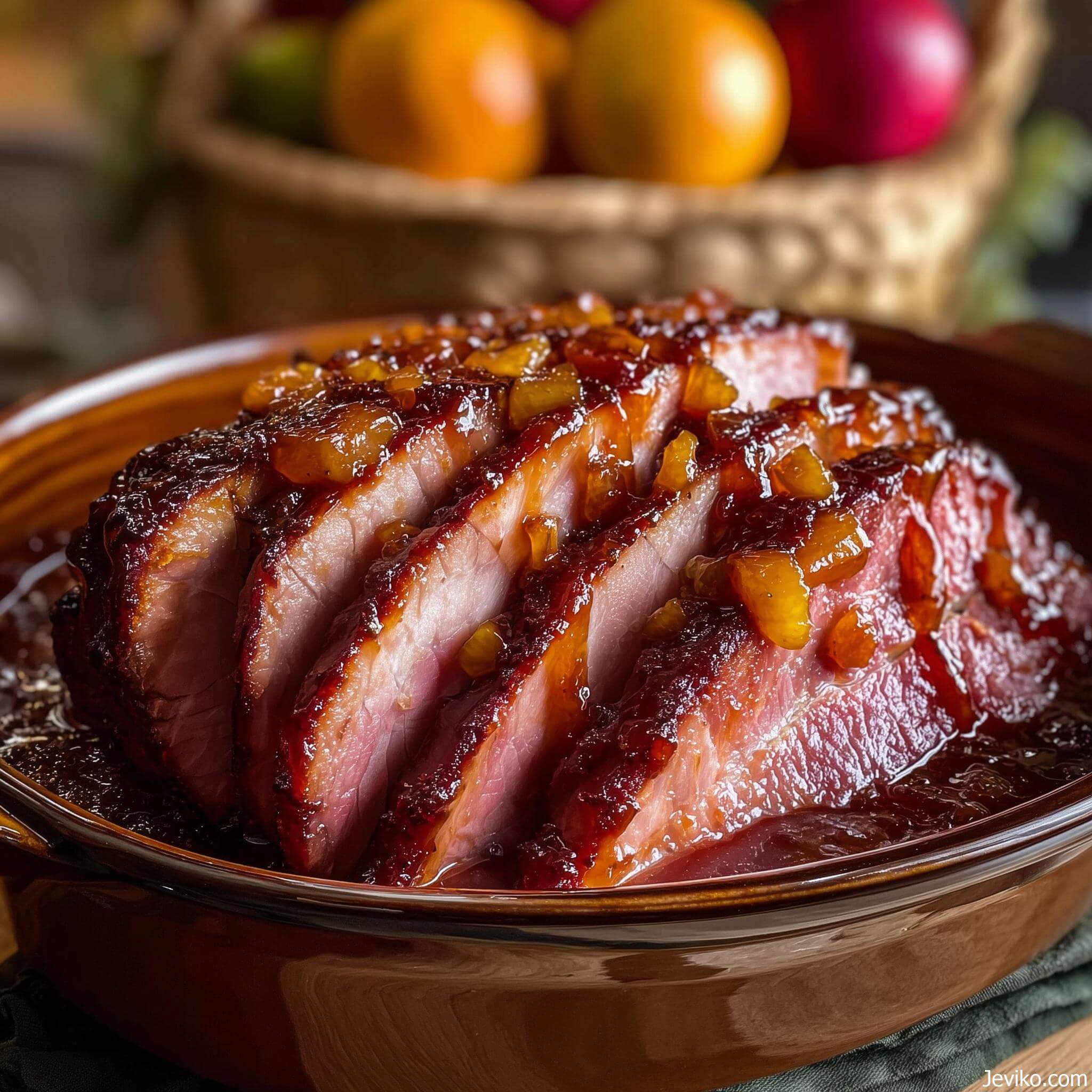
I remember being offered sauerkraut as a condiment to hot dogs as a kid. I’d plug my nose, squinch up my eyes and gasp “No thank you!” What I wanted to say was “Who would be so cruel as to do that to a hot dog?!” But they taught me how to be an educational child.🙂 So when I first got acquainted with the Weston A. Price Foundation years ago, and their idea that foods that our ancestors ate were way more nourishing and healthy than our pre-packaged food-like substances today, I had a hankerin’ to try probiotic-rich sauerkraut. I never dreamed that I’d now be teaching others how to make sauerkraut!
One must also have the fortitude to try, try again, as much of it has been mangled so badly that it tastes nothing as it should. If you’ve only ever tasted poor quality wine, then you’ve never given your palate a chance to fully appreciate, and thus mature. This is true with sauerkraut as well. If you’ve only had the vinegary, slimy white stuff that comes from a store shelf, then you’ve never truly tasted sauerkraut.
The first time I ever really liked sauerkraut was when I happened upon the fresh fermented brand Bubbies, that I found on my co-op store refrigerator shelf. It contained no vinegar, and with each forkful that I’d down before a meal (for its probiotics, not because I liked it at this point), I liked the stuff more and more. I craved it.
And truly that’s where my love affair with fermented foods began.
Since then I’ve made my kombucha, pickles, various kinds of kraut, sourdough, and more. I’ve put so many pickles and jars of kraut away for the winter, that I am now in desperate need of a second refrigerator for my garage!
Ingredients:
- 4-5 lbs cabbage, thinly sliced
- 2 Tbs. sea salt
Instructions:
- Halve and core cabbage and finely slice/shred using the knife, mandolin, or food processor (I prefer cutting by hand with a sharp knife).
- Add sliced cabbage to the bowl, about a half cabbage at a time, sprinkle with some of the salt, and massage with hands. Repeat until all cabbage and salt has been sliced and massaged.
- Add relaxed cabbage to a kraut crock, clip top mason jar or mason jar with an *airlock lid.
- Pound with a tamper, French (handle-less) rolling pin, or whatever works for you until brine covers the cabbage.
- Add glass weights (I bought these at the craft store for way less!), plastic lid, or ceramic kraut weights to whatever vessel you are using, until the brine covers the cabbage by at least 1 inch.
- Secure with lid and off-gas daily for 4 weeks, or until cabbage changes colors, ferments, and tastes like sauerkraut.
- Store in refrigerator for up to a year.









